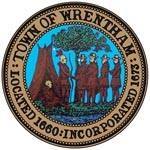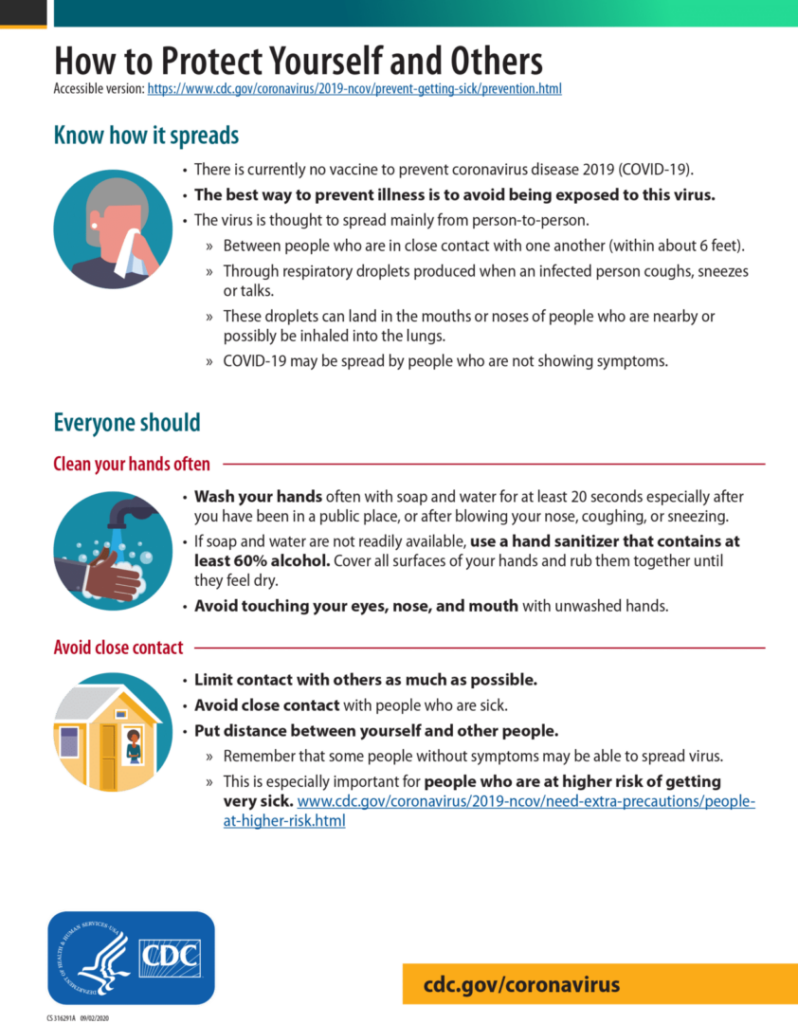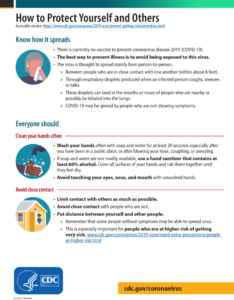WRENTHAM — Town Administrator and Emergency Management Director Kevin Sweet is urging the community to follow COVID-19 prevention guidance following another rise in positive COVID-19 cases recently.
The Town of Wrentham was designated a “Red” high risk community on Sept. 16 and Sept. 23 according to the Massachusetts Department of Public Health’s weekly report. The Town’s designation dropped to a “Yellow” medium risk community on Sept. 30 and to a “Green” low risk community last week, Oct. 7.
According to the public health data released on Wednesday, Oct. 14, the Town’s designation is once again a “Yellow” medium risk community. The average daily incidence rate for the Town of Wrentham per 100,000 residents has risen to 7.6, up from last week’s rate of 3.2.
According to Wednesday’s data, there have been 12 new confirmed positive cases of COVID-19 in Wrentham over the past two weeks. Town officials believe that the increase is primarily due to a cluster at a single facility in town.
“While Wednesday’s heightened risk classification is disappointing with the progress we’ve made over the past few weeks, we do believe that a majority of positive cases are tied to a single cluster in one facility in town,” Town Administrator Sweet said. “However, this designation serves as another reminder of the importance of continuing to follow public health guidelines to help stop the spread of COVID-19 in our community.”
Prevention Tips
The Town of Wrentham continues to share the following tips from the Centers for Disease Control and Prevention (CDC) to protect yourself and others from contracting COVID-19:
- Wash your hands frequently for a minimum of 20 seconds with soap and water. Hand washing is especially important after visiting a public place, before eating or preparing food, before touching your face, after using the restroom, handling your cloth face covering, after changing a diaper, after caring for someone sick, after touching animals or pets and after blowing your nose, coughing or sneezing.
- When soap and water are not available, hand sanitizer containing at least 60% alcohol can be used.
- Do not touch your eyes, nose and mouth with unwashed hands.
- When someone in your household is sick, try to avoid close contact and maintain six feet of distance from that person.
- Maintain six feet of distance from people who don’t live in your household when in public. Keep in mind that those without symptoms, including yourself, may still be spreading the virus. It is especially important to maintain distance from people at a higher risk of getting sick.
- Wearing a mask will protect other people in the event you have COVID-19. Everyone is advised to wear a cloth face covering in public and around those who don’t live in your household, especially when social distancing is difficult.
- Use a tissue to cover your mouth and nose when you cough or sneeze, or use your elbow.
- Used tissues should be thrown in the trash. Wash your hands or use hand sanitizer after throwing away a tissue.
- Frequently touched surfaces should be cleaned and disinfected daily, including tables, doorknobs, light switches, counter tops, handles, desks, phones, keyboards, toilets, faucets and sinks. If a surface is visibly dirty, be sure to clean it using detergent or soap and water prior to disinfecting.
- Everyone should continue to monitor their health daily, which includes watching for symptoms including cough, shortness of breath, and fever. For additional symptoms that may be indicative of a COVID-19 infection, click here.
- If you feel ill or are exhibiting symptoms, stay home.
- If symptoms develop, take your temperature. Wait to do so until 30 minutes after exercising or taking medications that could lower your temperature.
- Click here for additional guidance from the CDC, should symptoms develop.
###


